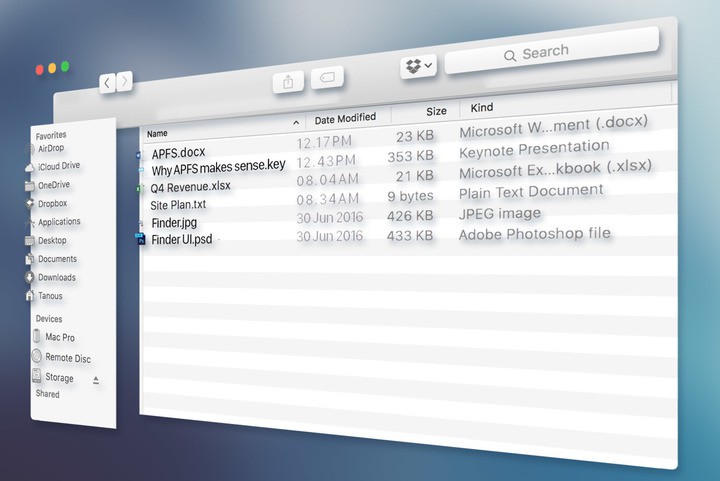- Apfs Or Mac Os Extended
- Does The Newest Mac Software Support Apfs Download
- Does The Newest Mac Software Support Apfs System

If you install macOS on an additional volume of your startup disk, you can switch between that macOS and the macOS on your other volume, as if each were on a separate disk. And because storage space is shared across APFS volumes, you don't need to reserve space for the new volume. Its size automatically adjusts to fit your content.
What you need
Your Mac must already be using macOS High Sierra or later on an APFS-formatted startup disk. Find out which format your startup disk is using.
You don't need to reserve storage space for the new volume, but macOS needs as much as 20GB of available space to install, depending on the version of macOS. If you don't have enough space, the installer will let you know.
Bombich’s Carbon Copy Cloner, the other popular drive cloning app, has a release version that supports APFS, but notes (as Shirt Pocket does) that Apple has left some features undocumented,. All contemporary Support Articles in the 'Disk Utility' thread states that I can format a disk (including an external HDD) by using Disk Utility and create APFS as the Format. The Disk Utility app Version 17.0 (1635) was installed as part of MacOs 10.13.2 - High Sierra.

About This Mac includes a storage overview: Choose Apple () menu > About This Mac, then click Storage.
- Paragon Software today unveiled its free Retrofit Kit that allows users to access Apple File System (APFS) volumes on older versions of macOS and Mac OS X. It works with traditional spinning hard.
- Jun 13, 2019 Apple today released a new macOS Mojave 10.14.5 Boot camp update, which is designed to address a bug that prevented the creation of a new Boot Camp partition on a iMac or Mac mini with a Fusion.
Back up your Mac
It's a good idea to back up your Mac first, especially if you're installing a beta version of macOS. Beta software is software that is still in development, so some apps and services might not work as expected.
Add an APFS volume
- Open Disk Utility, which is in the Utilities folder of your Applications folder.
- In the sidebar, select your existing APFS volume.
- Choose Edit > Add APFS Volume from the menu bar, or click in the Disk Utility toolbar. These options are available only when an APFS volume is selected.
- Type any name for the new APFS volume, then click Add:
- Disk Utility should now show the new volume in the sidebar. The new volume will also appear in the Finder, as if it were a separate disk. You can now quit Disk Utility.
Apfs Or Mac Os Extended
Install macOS on the volume
Choose an installation method:
- To install a beta (prerelease) version of macOS, enroll in the Apple Beta Software Program and follow the installation instructions on the program website.
- To install a release version of macOS, you can use macOS Recovery. The keys you press at startup determine which macOS is installed.
When the installer opens and you're asked to choose where to install, click Show All Disks, then select the new volume.
Switch between macOS versions
After installation is complete, you can use Startup Disk preferences or Startup Manager to quickly switch between each macOS:
- Choose Apple () menu > Startup Disk, then click and enter your administrator password. Select the volume that you want to use, then click Restart.
- Or press and hold the Option key during startup. When prompted, choose the volume that you want to start up from.
Keep the macOS on each volume up to date
To find the latest updates for each version of macOS, check for software updates, then start up from the other volume and check for software updates again.
Does The Newest Mac Software Support Apfs Download
Learn more
Does The Newest Mac Software Support Apfs System
If your Mac is using macOS Sierra or earlier, or the startup disk is formatted as Mac OS Extended instead of APFS, you can create a new partition instead. The space it occupies doesn't automatically adjust to fit your content, so you must manually size the partition. Learn how to add a volume to a device formatted as Mac OS Extended.